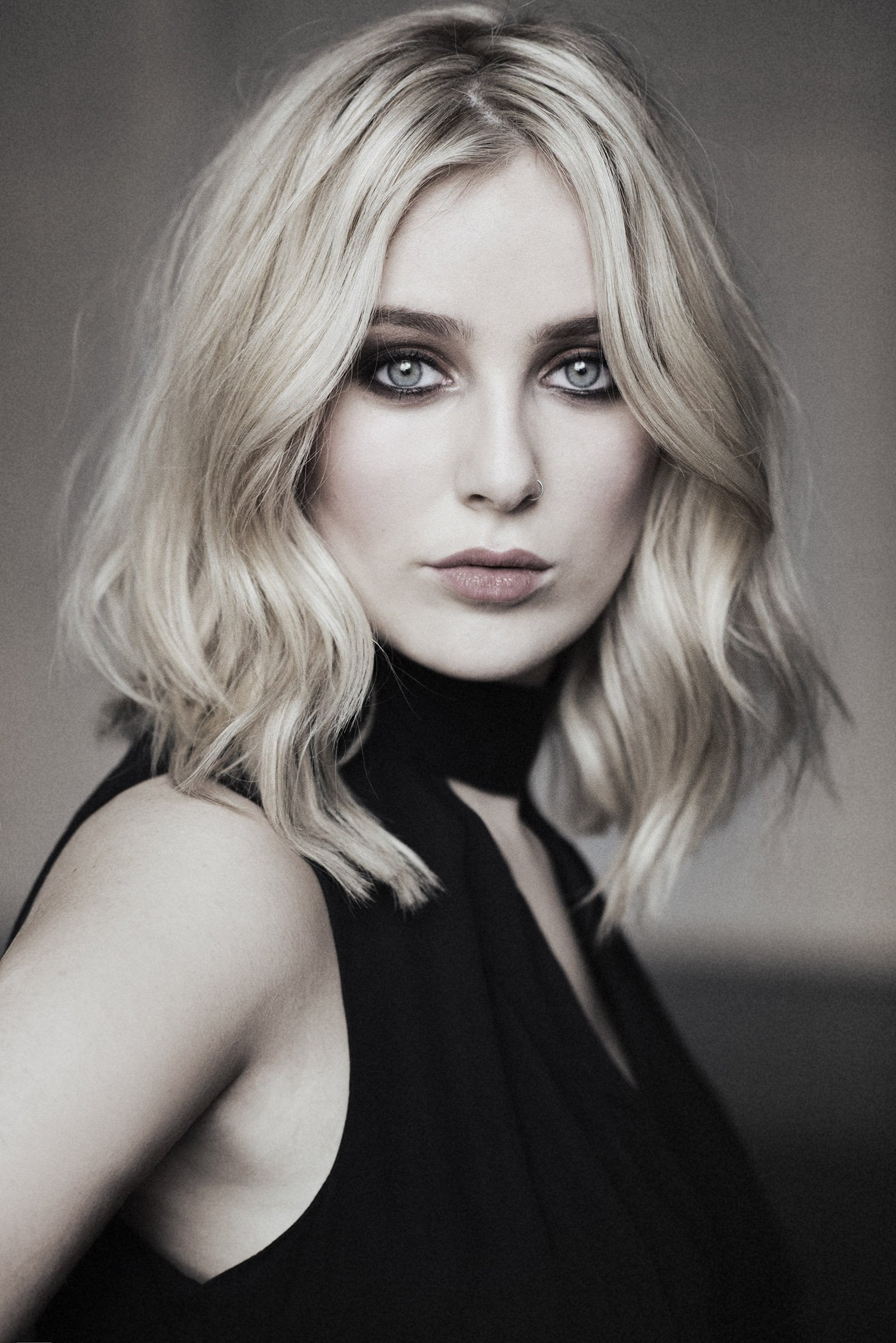Did you know…? Fascinating Facts for Hairdressers Part 3. Blonde Hair is Becoming Rarer
Welcome back to our "Did You Know...?" series! In this instalment, we’re focusing on a fascinating trend: the decline in the natural occurrence of blonde hair.
The Rarity of Blonde Hair
Natural blonde hair has always been less common compared to other hair colours, but recent trends indicate that it is becoming even rarer. Estimates suggest that only about 2% of the world's population is naturally blonde. This percentage is higher in specific regions, particularly Northern Europe, where genetic predisposition to lighter hair is more common. However, as global populations intermingle, the occurrence of natural blondes continues to decrease, making natural blonde hair an increasingly rare trait. Blonde hair is a result of lower levels of eumelanin and higher levels of pheomelanin in the hair. The genes responsible for this pigmentation are recessive, meaning both parents must carry the gene for a child to be born with naturally blonde hair.
The Changing Shades of Blonde
You may have observed that some children who start out with blonde hair often see their hair darken as they grow older. This change is due to the gradual increase in the production of eumelanin, the dark pigment in hair, which tends to rise with age. Genetic factors primarily control this process, but hormonal changes, especially during puberty, also play a significant role. Understanding this can help you explain to clients why their once naturally blonde hair might have transitioned to a darker shade over the years.
Why Natural Blonde Hair Requires More Maintenance
Natural blonde hair, while beautiful, often requires more maintenance than darker hair. Here are some reasons why:
Fragility: Blonde hair tends to be finer and more delicate, making it more susceptible to damage from heat styling, chemical treatments, and environmental factors.
Sun Exposure: Blonde hair is more prone to UV damage, which can cause it to become dry and brittle. This makes protective measures, such as using UV-protectant products, essential.
Colour Fading: Natural blonde hair can quickly lose its luster and brightness. Regular toning treatments and the use of color-preserving products can help maintain its vibrancy.
Visible Damage: Any damage, such as split ends or breakage, is more noticeable on blonde hair. Regular trims and conditioning treatments are crucial to keep blonde hair looking healthy and polished.
Tips for Maintaining Blonde Hair
Gentle Handling: Advise clients to handle their blonde hair gently, using wide-tooth combs and avoiding vigorous towel drying.
Hydration and Repair: Emphasize the importance of deep conditioning treatments to keep blonde hair moisturized and prevent breakage.
Protective Styling: Recommend protective hairstyles and the use of heat protectants when styling with hot tools.
UV Protection: Encourage the use of products with UV filters and physical barriers, like hats, to shield blonde hair from sun damage.
As natural blonde hair becomes rarer, understanding its unique characteristics and maintenance needs is crucial for professional hairdressers. By staying informed about the genetic and environmental factors influencing blonde hair and offering expert care advice, you can help your clients preserve their beautiful blonde locks.
Stay tuned for more intriguing insights in our "Did You Know...?" series. Until next time, continue to celebrate and enhance the unique beauty of your clients’ hair!


